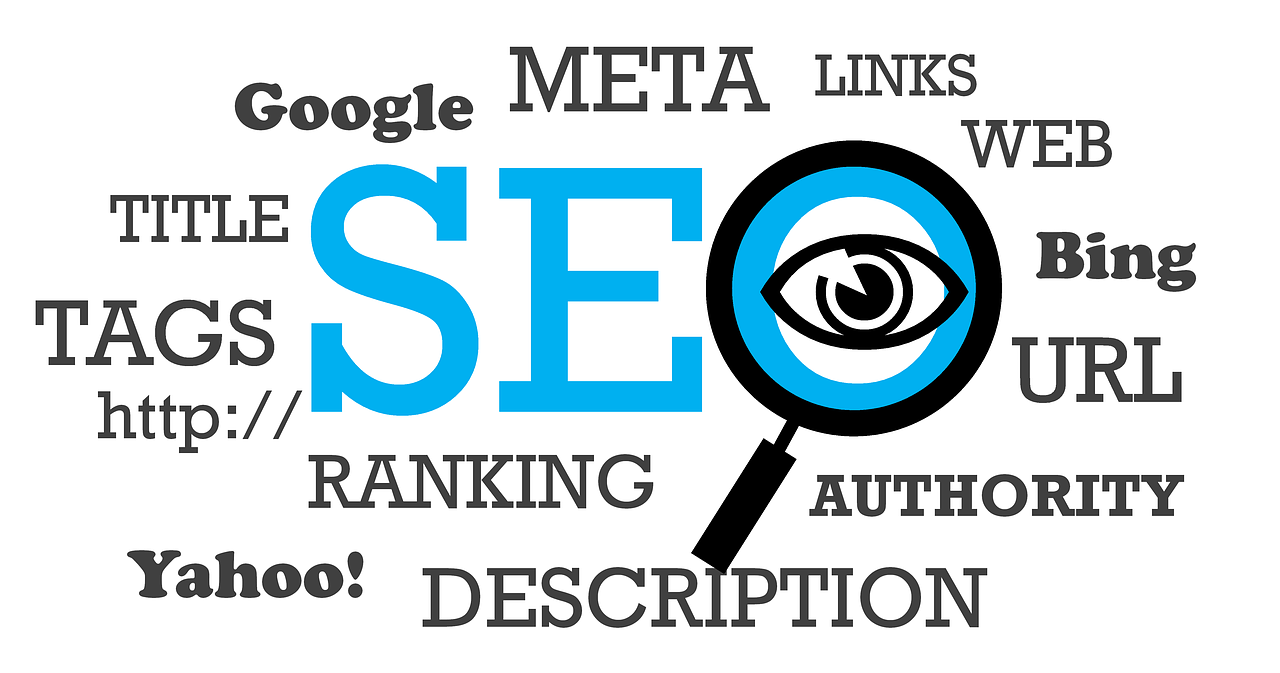
Black Hat SEO vs. White Hat SEO
Black Hat SEO and White Hat SEO are concepts that emerged with the rise of search engines. Websites aiming to reach more users and rank higher in search results often employ a range of techniques based on how search engines operate. Inspired by Western cinema tropes, "Black Hat" represents the unethical manipulator, while "White Hat" reflects ethical and responsible digital behavior. In this guide, we explain both concepts in detail to help you understand their implications. For a deeper understanding of SEO and to implement the right strategies, working with a professional is highly recommended.
1. What is Black Hat SEO?
Black Hat SEO refers to manipulative techniques aimed at achieving higher rankings in search engine results. These tactics prioritize short-term gains over long-term sustainability and often ignore the user experience. Because these methods violate search engine guidelines, they can lead to penalties or even complete de-indexing. While they may produce quick results, they harm the website’s credibility and traffic over time.
2. What is White Hat SEO?
White Hat SEO encompasses ethical practices that align with search engine rules and best practices. It focuses on creating high-quality, original content, using accurate meta tags, and enhancing user experience. These techniques help websites rank higher organically while building long-term authority and trust with both users and search engines.
3. What is Gray Hat SEO?
Gray Hat SEO refers to tactics that fall between Black Hat and White Hat techniques. These are not clearly defined or officially approved by search engines but are used creatively by some SEO specialists. Examples include:
- Continuously updating web pages to trick search engines into perceiving them as new.
- Using negative SEO to damage competitors’ rankings.
- Posting content or fake comments on other websites.
Opinions on Gray Hat SEO vary. Some see it as a mix of ethical and unethical practices, while others categorize it under Black Hat SEO.
4. What is SEO Cloaking?
Cloaking is a deceptive Black Hat SEO technique that shows different content to search engine bots than to actual users. This involves creating content-heavy pages for bots while presenting minimal or unrelated information to users. While this tactic once boosted rankings, search engines now detect it quickly and impose severe penalties. Cloaking can lead to long-term harm and should be avoided entirely.
5. Common Black Hat SEO Techniques
Below are widely known Black Hat SEO practices:
- Keyword Stuffing
- Hidden Keywords
- Cloaking
- Hacklinking
- Auto-generated Content
- Paid Backlinks
- Abusing Structured Data / Rich Snippets
- Comment Spam
- Link Farms
- Private Blog Networks (PBNs)
6. How to Protect Your Website from Black Hat SEO?
To keep your website safe from Black Hat SEO:
- Focus on high-quality, original content tailored to your target audience. Use relevant keywords and variations to boost organic traffic.
- Avoid keyword stuffing. Search engines recognize this trick instantly and may penalize your site.
- Use balanced, non-paid backlinks. Diversify your link sources to appear natural to search engines.
- Regularly audit and remove toxic backlinks. Strong, relevant links enhance your site's credibility.
- Maintain clean, simple, and user-focused content. Follow search engine guidelines for lasting success.
7. 9 SEO Tactics You Should Avoid
To prevent your site from dropping in rankings, steer clear of the following practices:
7.1 Keyword Stuffing
Overusing keywords without context makes content unnatural and unhelpful. This is a direct violation of search engine rules.
7.2 Duplicate or Auto-generated Content
Search engines favor unique, human-written content. Duplicated or AI-generated text offers low value and hinders ranking.
7.3 Hidden Text
Hidden text tricks users and bots by concealing content. Examples include:
- Matching text color with background
- Hiding text behind images
- Using CSS to position text off-screen
- Using font size zero
- Embedding invisible links or characters
7.4 Doorway / Gateway Pages
These are SEO-focused pages with little to no user value. They act as bridges to redirect users and are often penalized.
7.5 Cloaking
As previously mentioned, showing different content to bots and users is deceptive and punished by search engines.
7.6 Manipulative Linking
Creating links just to manipulate rankings without offering value is dangerous. It reduces credibility and invites penalties.
7.7 Abusing Structured Data
Using false structured data, like fake five-star reviews, misleads search engines and users, leading to penalties.
7.8 Sneaky Redirects
Redirecting users to unexpected URLs just to influence SEO violates user trust and search engine policies.
7.9 Negative SEO
Targeting competitors with unethical tactics such as spammy backlinks or fake reports is a serious offense and is often detected by Google.
Conclusion
While Black Hat SEO may deliver quick wins, it poses serious long-term risks to your website. To build sustainable visibility and boost organic traffic, choose ethical SEO practices. For best results, consult a professional SEO expert who can guide your strategy with precision and integrity.
Post a comment